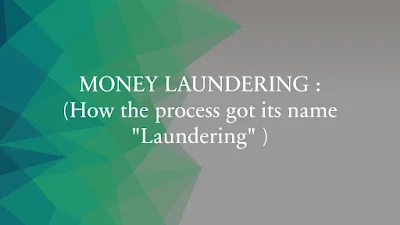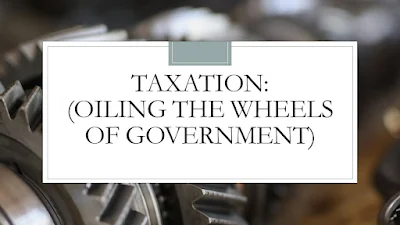MONEY LAUNDERING:
The process of making huge amounts of money generated by criminal activity – such as drug trafficking, terrorist funding, corruption, etc – appear as if it is generated from a legitimate source.
HOW MONEY LAUNDERING GOT THE NAME MONEY LAUNDERING:
- The process of
money laundering is not new to the people as its a common tendency of
people to hide money earned from illegitimate sources .
- But the term money
laundering got its name "Money laundering" because of drug
dealer Al Capone.
- Al-Capone in early
20th century used to invest the illegal money in buying the
laundries in cash invisible.
- These laundries
became the front for investment of his money earned from illegal
activities.
- And it was because of the investment of this illegal money by al Capino in laundries ,the process got its name "Money laundering" as if the dirty money was cleaned by the process of investment in Laundries.
Placement:
- This is the first step of money laundering in which dirty money is initiated to get legitimate.
- In this, the launderer deposits the dirty money into a legitimate financial institution.
- This process of depositing the money is a repeated process and deposits are in the form of cash
- This is the most dangerous stage of the laundering process as large amounts of cash are visible
- The role of banks is very crucial in this stage as banks must be cautious of such high value cash transactions and report high-value transactions.
Layering:
- This process is to change the form of deposited money in the first stage .
- Deposited Money is transacted through various financial instruments to change its form and make it difficult to track.
- Layering can include several bank-to-bank transfers, wire transfers between different accounts in different names in different countries
- These deposits and withdrawals at this stage constantly vary in terms of amount, currency of the money in an order to manipulate the system.
- This is the most complicated step in any laundering scheme, and it makes original dirty money as difficult to track it .
Integration:
- This is the final stage of making dirty money to clean money.
- At this stage, the money appears to come from a legal transaction and enters the mainstream economy.
- The money finally is used for entering into mainstream economy by getting invested in any economic activity.
- This stage makes the illegal money the legal money as it is now part of mainstream Economy.
- The preferred economic activities where this money is invested are restaurants, nightclubs, charity trusts casinos art or jewelry etc .









